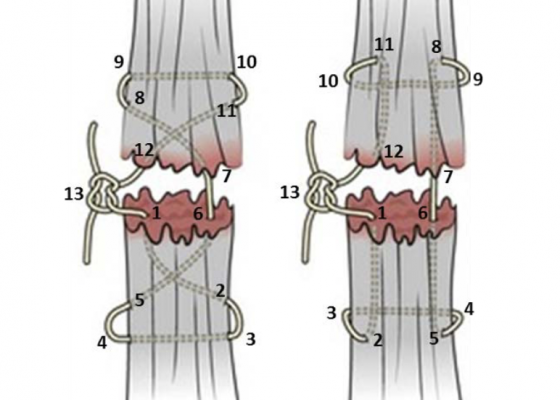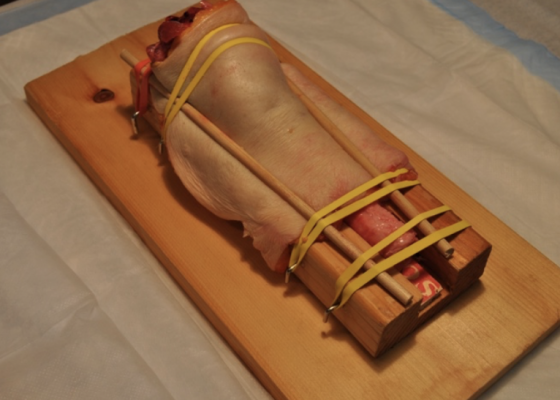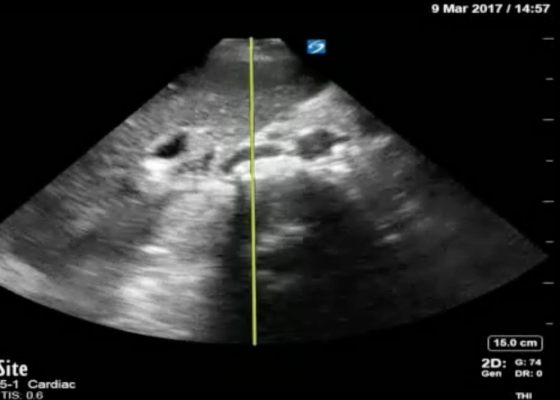Issue 2:3
Novel Emergency Medicine Curriculum Utilizing Self-Directed Learning and the Flipped Classroom Method: Psychiatric Emergencies Small Group Module
DOI: https://doi.org/10.21980/J8DP7VWe aim to teach the presentation and management of psychiatric emergencies through the creation of a flipped classroom design. This unique, innovative curriculum utilizes resources chosen by education faculty and resident learners, study questions, real-life experiences, and small group discussions in place of traditional lectures. In doing so, a goal of the curriculum is to encourage self-directed learning, improve understanding and knowledge retention, and improve the educational experience of our residents.
Novel Emergency Medicine Curriculum Utilizing Self-Directed Learning and the Flipped Classroom Method: Genitourinary Emergencies Small Group Module
DOI: https://doi.org/10.21980/J89S56We aim to teach the presentation and management of genitourinary emergencies through the creation of a flipped classroom design. This unique, innovative curriculum utilizes resources chosen by education faculty and resident learners, study questions, real-life experiences, and small group discussions in place of traditional lectures. In doing so, a goal of the curriculum is to encourage self-directed learning, improve understanding and knowledge retention, and improve the educational experience of our residents.
Emergency Medicine Curriculum: Complications of Pregnancy Small Group Module
DOI: https://doi.org/10.21980/J8TS67We aim to teach the presentation and management of pregnancy complications through interactive teaching during small group discussions concerning patient cases. This curriculum utilizes resources chosen by education faculty, study questions, actual experience, and small group discussions in place of a traditional lecture-based format. In doing so, a goal of the curriculum is to encourage self-directed learning, improve understanding and knowledge retention, improve the educational experience of our residents, and allow assessment by the faculty concerning the knowledge base and ability of the residents.
A Simulation Model for Extensor Tendon Repair
DOI: https://doi.org/10.21980/J8VS7XBy the end of this educational session, the learner will be able to: 1) List the indications for extensor tendon repair in the emergency department, 2) recognize the indications for referral to orthopedic or hand surgery, 3) list the risks and benefits of emergency department extensor tendon repair, 4) perform an appropriate physical examination for a patient with a potential extensor tendon laceration, 5) list the maximum time limit of tourniquet application for this procedure, 6) list the materials needed for extensor tendon repair in the emergency department, 7) successfully repair a completely severed extensor tendon using four different techniques: horizontal mattress, figure of eight, modified Kessler and modified Bunnell, and 8) describe the appropriate splinting of a repaired extensor tendon.
Realistic Chest Tube Simulator Using Pork Belly with Skin
DOI: https://doi.org/10.21980/J8R03JBy the end of this instructional session learners will be able to: 1) discuss the indications, contraindications, and complications associated with chest tube thoracostomy, 2) competently perform chest tube insertion on a simulator, and 3) properly secure chest tube.
The Casserole Perimortem Caesarean Section Model
DOI: https://doi.org/10.21980/J8FK8HAt the end of this 1-hour activity learners will: 1) describe the indications, contraindications and complications of the PCS, and 2) demonstrate the performance of a PCS.
Introducing point-of-care ultrasound through competency-based simulation education using a fractured chicken bone model
DOI: https://doi.org/10.21980/J8GG95To introduce medical students to PoCUS with an inexpensive, reproducible, and educationally effective model using fractured chicken bones set in gelatin, and to assess medical students’ abilities to identify simulated long-bone fractures using PoCUS.
Emergency Surgical Airway Model for Procedural Skills Simulation
DOI: https://doi.org/10.21980/J8M921At the end of this educational session, learners will be able to: 1) practice the manual and cognitive skills necessary to perform a successful and rapid surgical cricothyrotomy, and 2) successfully complete a cricothyrotomy within a time frame of 90 seconds.
Choledocholithiasis
DOI: https://doi.org/10.21980/J8Q62XComputed tomography (CT) was significant for two large gallstones measuring 1.1 centimeters impacted at the level of the pancreatic head with associated common bile duct (CBD) dilatation.
Using Bedside Ultrasound to Rapidly Differentiate Shock
DOI: https://doi.org/10.21980/J8S047A RUSH exam demonstrated hyperdynamic cardiac contractility and collapse of the inferior vena cava (IVC) with probe compression more than 50% suggesting hypovolemia likely secondary to sepsis. Incidentally, Morrison’s pouch revealed a large right renal cyst but no signs of free fluid. A computed tomography of abdomen/pelvis showed a 10.8 x 9.5 cm right renal cyst and left lower lobe pneumonia.






